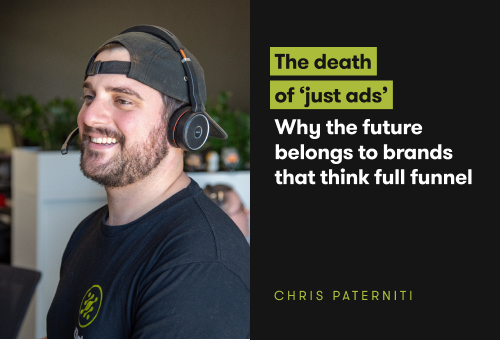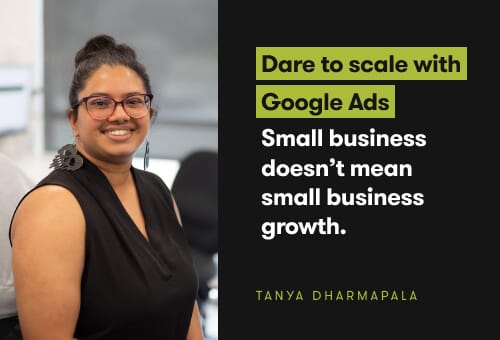
What is a customer journey map and buyer persona?
Cracking the code on successful digital marketing starts with truly knowing your customers. Two essential tools to help you do this are customer journey maps and buyer personas. Let's break down what they are and why they matter.
What is a buyer persona?
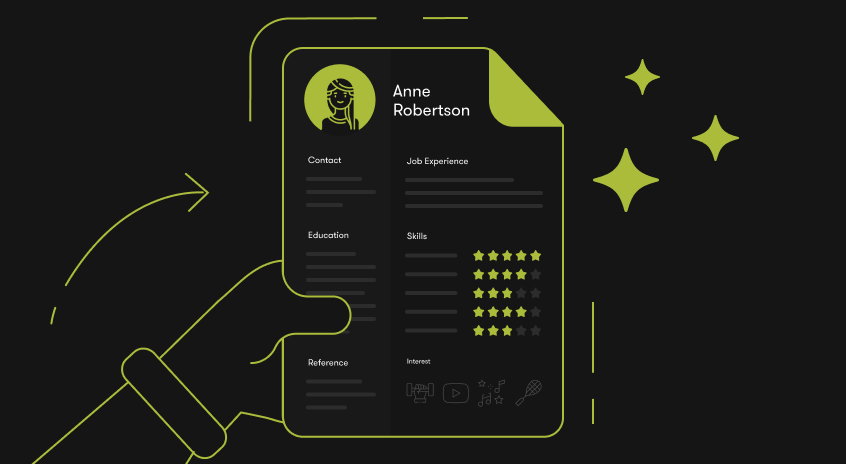
A buyer persona is like a detailed profile of your perfect customer. It's a made-up person who represents the kind of people you want to sell to. This profile is based on real information about your current customers and helps you understand what they need, want, and do.
Key elements of a buyer persona:
To create a complete picture of your ideal customer, you need to know:
- Who they are: This is the basic information about your ideal customer, such as age, gender, location, income, occupation, education level, and family size. While essential, demographics alone don't provide a complete picture.
- What they do: Observe how your target customer interacts with your brand and competitors. Analyse their online behaviour, purchase history, and customer journey to identify patterns and preferences.
- What they want: Understand what your customers hope to achieve and what motivates them. Aligning your offerings with their desires can significantly impact customer satisfaction.
- What bothers them: Discover the problems and frustrations your ideal customer faces. This knowledge empowers you to position your product or service as a solution.
Building a buyer persona:
To create accurate buyer personas, you need to:
- Gather your information: Start by collecting data about your customers. This includes surveys, interviews, looking at website traffic, and checking out what people are saying on social media. You're trying to understand who your customers are, what they like, and what problems they have.
- Find the patterns: Once you've collected your information, look for similarities among your customers. Are there groups of people with similar needs or behaviours? These groups will become your buyer personas.
- Create detailed profiles: Build a picture of your ideal customer. Give them a name, background, and personality. Think about their goals, challenges, and how they like to shop. Use pictures, quotes, or anything else that helps bring them to life.
- Test and improve: Check your buyer personas against real customer data. Do they match? If not, make changes. Your buyer personas should always be up-to-date.
Benefits of having a buyer persona:
Knowing your customers inside and out can make a huge difference in how you run your business. This is where buyer personas come in.
- Tailored marketing: When you layer your personas over your ideal customer journey, you can create marketing messages that really speak to your audience. By understanding who you're talking to, your ads, social media posts, and emails will be more effective and resonate more deeply with your target market. This tailored approach sets the stage for effective journey mapping, allowing you to visualise and optimise every touchpoint in your customer's experience.
- Better products: By understanding your customers' needs and problems, you can build products or services that actually solve their issues. This leads to happier customers and more sales.
- Stronger relationships: When you know what your customers want and care about, you can build stronger relationships with them. This leads to customer loyalty and positive word-of-mouth.
- Smarter marketing decisions: Understanding your customers helps you choose the right marketing channels and strategies. For example, if your customers love to research before buying, you might focus on providing lots of information and reviews. But if they're more impulsive, you might want to use eye-catching visuals and limited-time offers.
What is a customer journey map?
Imagine a roadmap for your customers. That's essentially what a customer journey map is. It's a visual guide that shows every step a customer takes when interacting with your brand, from the moment they hear about you to after they've made a purchase.
By mapping out this journey, you can spot any rough patches where customers might struggle and figure out how to make their experience smoother.
Stages of a customer journey map:
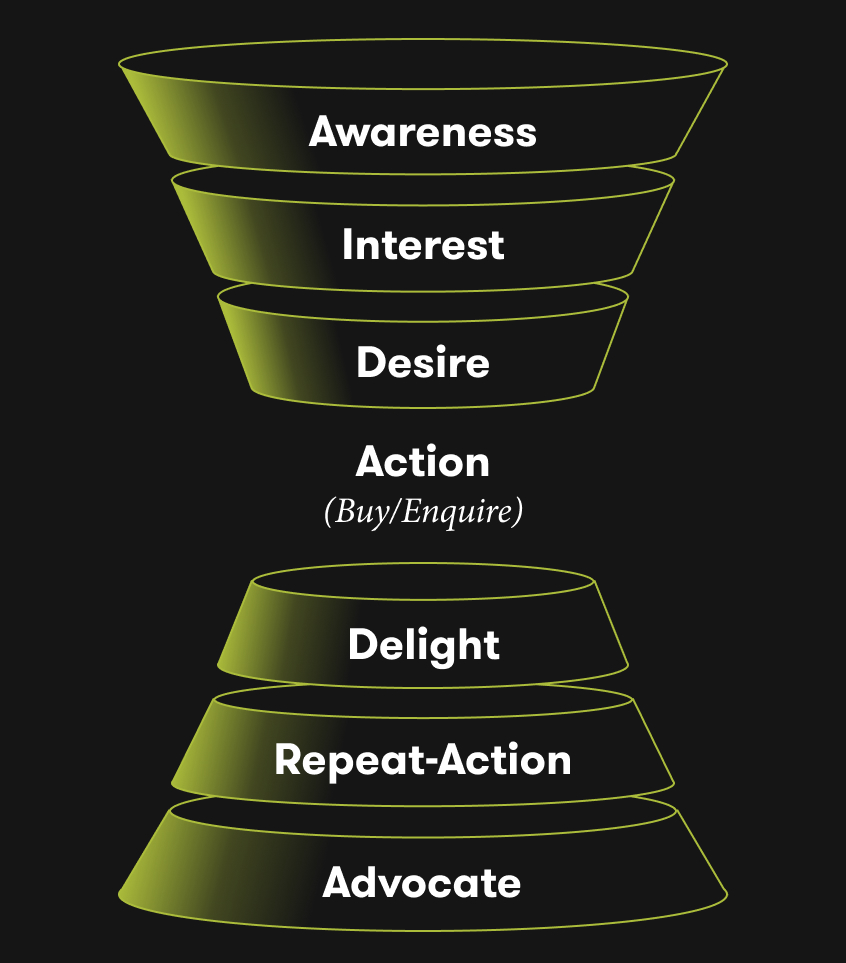
The customer journey is the path your customers follow as they discover, learn about, and ultimately decide to buy (or not buy) your product or service. It typically involves these stages:
1. Awareness: This is the starting point. Your potential customers first become aware of your brand through advertising, social media, word-of-mouth, or other channels.
- Triggers: What events or stimuli spark interest in your product or service? This can include personal needs (e.g., wanting to lose weight), external influences (e.g., seeing a friend use the product), or problem-solving (e.g., needing to fix a leaky faucet).
- Channels: Consider the platforms and mediums where your target audience spends their time. This might include social media, search engines, traditional advertising, or even word-of-mouth.Brand perception: How is your brand perceived by potential customers at this early stage? Are you seen as a luxury brand, a budget-friendly option, or something in between?
2. Interest: Once aware, customers start showing interest in your product or service. They might research your offerings or compare you to competitors.
- Information seeking: What kind of information are customers looking for at this point? Are they interested in product features, pricing, customer reviews, or comparisons to competitors?
- Competitor evaluation: How do customers compare your offerings to those of your competitors? What factors influence their decision to explore your brand further, such as price, features, brand reputation, or availability?
- Engagement: How can you foster interaction with potential customers at this stage? This might involve offering valuable content, engaging in social media conversations, or providing excellent customer service.
3. Decision: This is a critical stage where customers decide to buy or not buy. Their decision is influenced by factors like price, features, and perceived value.
- Purchase criteria: What factors are most important to customers when making a purchase? This could include price, quality, brand reputation, product features, or customer reviews.
- Price sensitivity: How much does price impact buying decisions? Are customers looking for the lowest price, or are they willing to pay a premium for certain features or benefits?
- Conversion barriers: What obstacles prevent customers from completing a purchase? This might include a complex checkout process, lack of payment options, or unclear return policies.
4. Purchase: The customer makes a purchase. This is a significant milestone, but the journey doesn't end here.
- Buying process: How easy is it for customers to buy from you? Evaluate the steps involved in the purchase process, from product selection to checkout.
- Checkout experience: Is the checkout process user-friendly and efficient? Look for any friction points that could be improved, such as long forms, technical difficulties, or unclear instructions.
- Post-purchase communication: How do you communicate with customers after they make a purchase? This includes order confirmation, shipping updates, and thank-you messages.
5. Experience: Customers use your product or service and form an opinion about their experience.
- Product usage: How are customers actually using your product or service? Observe how customers interact with your product to identify any unexpected use cases or potential improvements.
- Customer satisfaction: How satisfied are customers with their purchase? Measure customer satisfaction through surveys, reviews, or feedback channels.
- Customer support: Is your customer support team meeting customer needs? Evaluate the effectiveness of your support channels, response times, and problem-solving abilities.
6. Advocacy: Satisfied customers can become brand advocates, recommending your product to others and potentially making repeat purchases.
- Loyalty: What factors contribute to customer loyalty? This might include rewards programs, personalised experiences, or exceptional customer service.
- Referrals: How can you encourage customers to refer friends and family? Offer incentives or referral programs to reward customers for spreading the word.
- Brand ambassadorship: Identify customers who are passionate about your brand and nurture relationships with them. These customers can become valuable brand advocates.
When you have a deep and detailed knowledge of how your customers interact with your brand, you can design focused approaches that not only meet their needs but exceed their expectations, leading to increased customer lifetime value and long-term business success.
Benefits of having a customer journey map:
A customer journey map is more than just a picture; it's a powerful tool that can dramatically improve your business. Let's explore its advantages.
Identify pain points
By carefully mapping out your customers' experiences, you can pinpoint exactly where things go wrong. This allows you to:
- Prioritise problem-solving: Focus on the issues that most upset your customers.
- Create smoother experiences: Remove obstacles that frustrate customers and make their journey easier.
- Build trust: Show customers you care by addressing their concerns and improving their experience.
Optimise marketing efforts and boost conversions
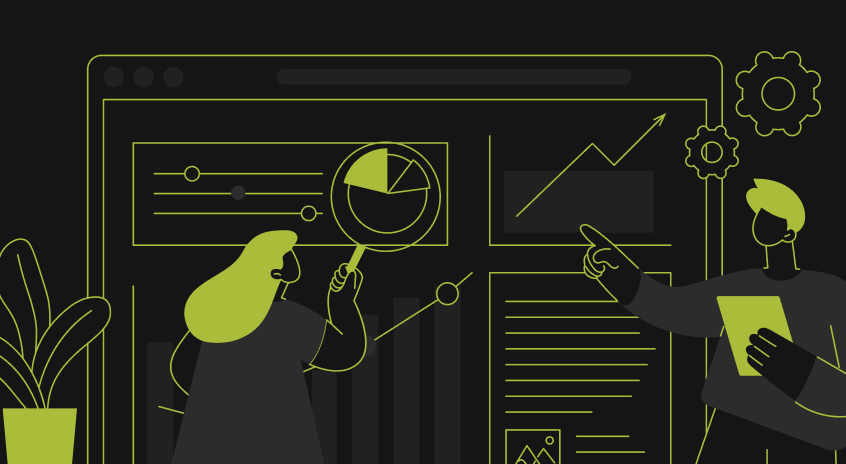
A clear picture of your customer's journey helps you understand their behaviour at every step. This means you can:
- Target your customers better: Send the right messages to the right people at the right time.
- Get more bang for your buck: Spend your marketing money wisely by focusing on what works.
- Improve sales: Find and fix the things stopping people from buying your product or service.
Foster customer loyalty and advocacy
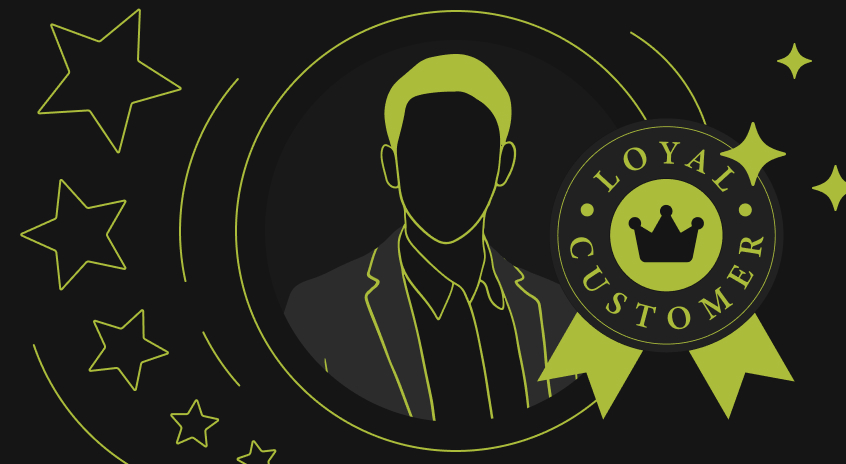
Understanding your customers deeply is key to building long-lasting relationships by:
- Delighting customers: Go above and beyond to create amazing experiences.
- Encourage repeat business: Find ways to keep customers coming back for more.
- Turn customers into fans: Inspire your customers to recommend your brand to others.
Ultimately, a customer journey map is a powerful tool for driving business growth and success. By investing time and resources in creating a detailed and accurate map, you can gain a competitive advantage and build a loyal customer base.
Customer success starts here
Understanding and using customer journey maps and buyer personas are incredibly important for creating effective digital marketing strategies. These tools provide valuable insights into your customers' experiences and needs, allowing you to tailor your marketing efforts and improve customer happiness and opinion of you. By investing time in developing these tools, you can drive better results and build stronger connections with your audience.
If you ever feel like you could use a bit more guidance, that's where we come in. At Dilate Digital, we love helping businesses develop these essential tools. Whether you're just getting started or looking to refine your existing strategies, our team is here to support you every step of the way, making sure you get the most out of your digital marketing.
started or looking to refine your existing strategies, our team is here to support you every step of the way, making sure you get the most out of your digital marketing.



